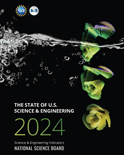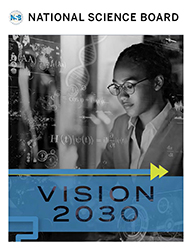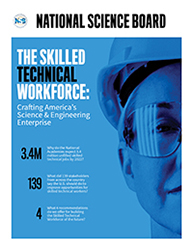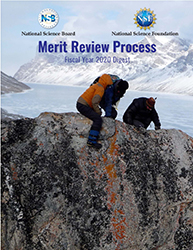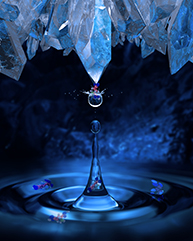All Images
Media Advisory 10-004
National Science Board to Meet on Feb. 3 and 4 at NSF Headquarters
Presentations about NSF's future will be on the agenda, including updates on major facilities and plans and the spending of NSF ARRA funds
Back to article | Note about images
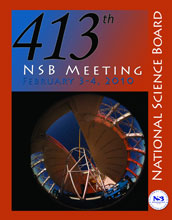 |
Cover of NSB's Board Book, February 3-4, 2010 meeting depicting a 180-degree fisheye view of the Gemini North telescope on Mauna Kea, Hawaii, as it is lit by moonlight and the red glow of a passing automobile's taillights shining through the wind-vent gates. At the top of the 7-story-high telescope structure, the laser guide star (LGS) can be seen extending into the sky where it creates an artificial star used by an adaptive optics system to correct for distortions caused by turbulence in the Earth's atmosphere. |
Download the high-resolution JPG version of the image. (1.1 MB) |
| Use your mouse to right-click (Mac users may need to Ctrl-click) the link above and choose the option that will save the file or target to your computer. |
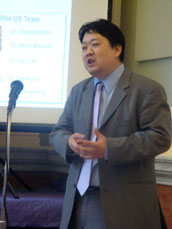 |
Paul Oh will address the NSB during its open plenary session on Thurs., Feb. 4 at 11:30 a.m. as its 60th Anniversary Speaker. He is pictured here speaking at the Please Touch Museum in Philadelphia during the unveiling of Jaemi Hubo, an international robotic collaborative. |
Download the high-resolution JPG version of the image. (3.2 MB) |
| Use your mouse to right-click (Mac users may need to Ctrl-click) the link above and choose the option that will save the file or target to your computer. |
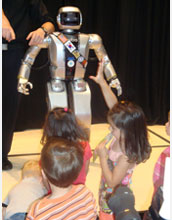 |
Children reach out for Jaemi Hubo, part of an NSF-sponsored robotics collaboration with Korea. NSB's featured 60th Anniversary Speaker is Paul Oh of Drexel University, who served as the principal investigator for the program. Jaemi Hubo was unveiled at the Please Touch Museum in Philadelphia in the Summer of 2009. Oh now serves in NSF's Computer and Information Science and Engineering (CISE) Directorate. |
Download the high-resolution JPG version of the image. (942 KB) |
| Use your mouse to right-click (Mac users may need to Ctrl-click) the link above and choose the option that will save the file or target to your computer. |
